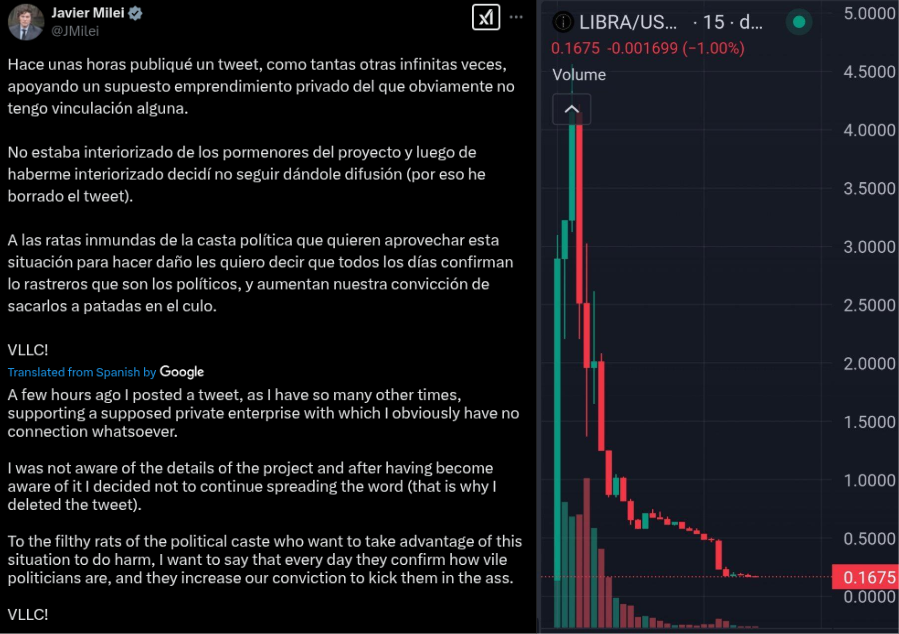
The Anatomy of Meme Token Prices
What determines the price of meme tokens? First, attention. Second, the belief that the token will continue to attract attention.
When we post memes on social media, attention translates into likes. But when we launch tokens on specialized meme token platforms, attention manifests as purchases.
People are willing to trade real-value cryptocurrency for meme tokens when they believe these tokens will keep drawing attention. After all, attention brings new buyers, and new buyers drive price growth.
Experienced crypto enthusiasts understand that attracting attention to a meme token means generating demand, while refusing to continue attracting attention triggers sell-offs. This was the foundation of Kanye West's crypto scam recipe that I recently told you about.
Recent examples from Changpeng Zhao and Javier Milei prove this point. Both posted on X about certain tokens (CZ mentioned TST and Broccoli, while Milei talked about Libra), then deleted their posts and stated they wouldn’t support these tokens further.
We all saw what happened next. The token price skyrocketed after a celebrity tweet, then crashed when the celebrity "changed their mind" or claimed they were "misunderstood." Regular buyers took losses. So who profited? Perhaps those who knew exactly when the celebrity would delete their tweet and announce they were no longer supporting the token?
To crash a meme token's price, you don’t even need to claim, "I was hacked". Apparently, simply saying, "I won't promote this anymore," does the trick.
CZ and Milei’s actions have helped discredit meme tokens. However, let’s remember that most meme tokens don’t involve celebrities at all. The popularity of $PEPE, $FARTCOIN, $SPX, and many others comes from their communities, not from celebrities. And you can still trade all these tokens on rabbit.io.













